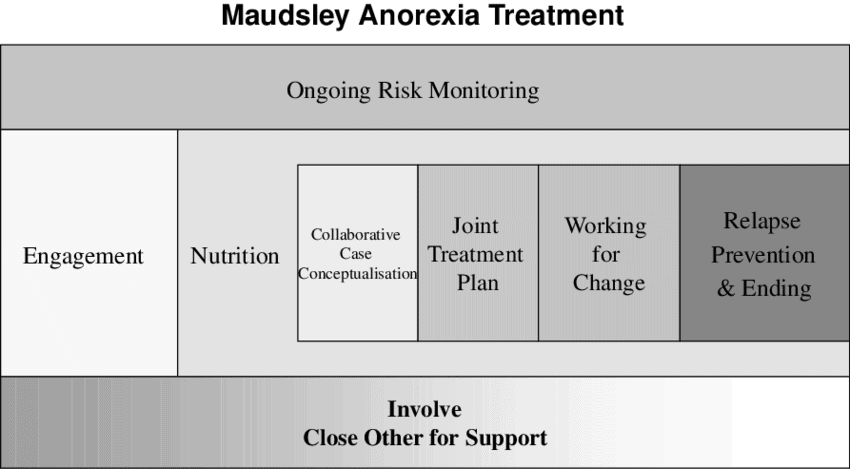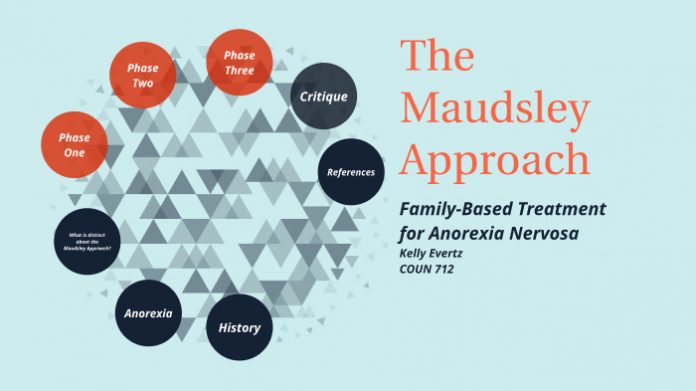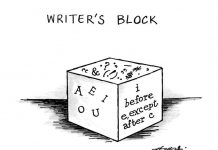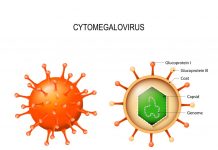There are many different approaches to treatment for eating disorder sufferers including therapies such as Cognitive Behavioural Therapy (CBT), Interpersonal Therapy (IPT), Dialectical Behaviour Therapy (DBT) and Cognitive Analytical Therapy (CAT).

This article aims to focus on an entirely different method with the key areas listed below.
- What is the Maudsley Approach
- Treatment Phases
- Key Benefits
What is the Maudsley Approach?
The Maudsley Approach, often referred to as the “Maudsley Method,” is named after the hospital where it was first developed in the 1980s, the Maudsley Hospital, London.

This proven, effective method is used primarily for the purpose of weight restoration and is aimed at children and adolescents who have been suffering from anorexia for a period of under three years. At the heart of this approach is the unique role of the parents who lead the child’s recovery and re-feeding process with the support of a specially trained family therapist.

This is very different to the more traditional approaches to treatment which in severe cases often tends to involve the child being treated away from the home and the family environment in a hospital ward or possibly a more specialized eating disorder clinic.

Unfortunately, this approach is recognized as less effective in those suffering from binge/purge symptoms, older patients (those over 18) and in complex family situations where there already exists a high level of conflict.

Treatment Phases
Three key phases of treatment have been identified in this process. The first phase focuses on encouraging the normalisation of eating and aims to gain control of the disordered eating patterns. A main tool used at this stage involves “coached family meals” where boundaries are set assisting weight restoration and parents provide compassionate support throughout.

At phase two, following successful restoration of the patient’s physical health, the family therapist aids the family in gradually giving the child back control and responsibility for eating. Phase three focuses on helping the child to both attain and maintain a healthy identity.
Key Benefits
There are several key benefits associated with the Maudsley approach to weight restoration, including the following: recent studies have shown that children using this method not only recover more quickly but most importantly are less likely to suffer relapses.

It is also more cost-effective and less traumatic for the child as they are able to recover at home as opposed to spending extensive periods in a hospital or private eating disorder unit.


















